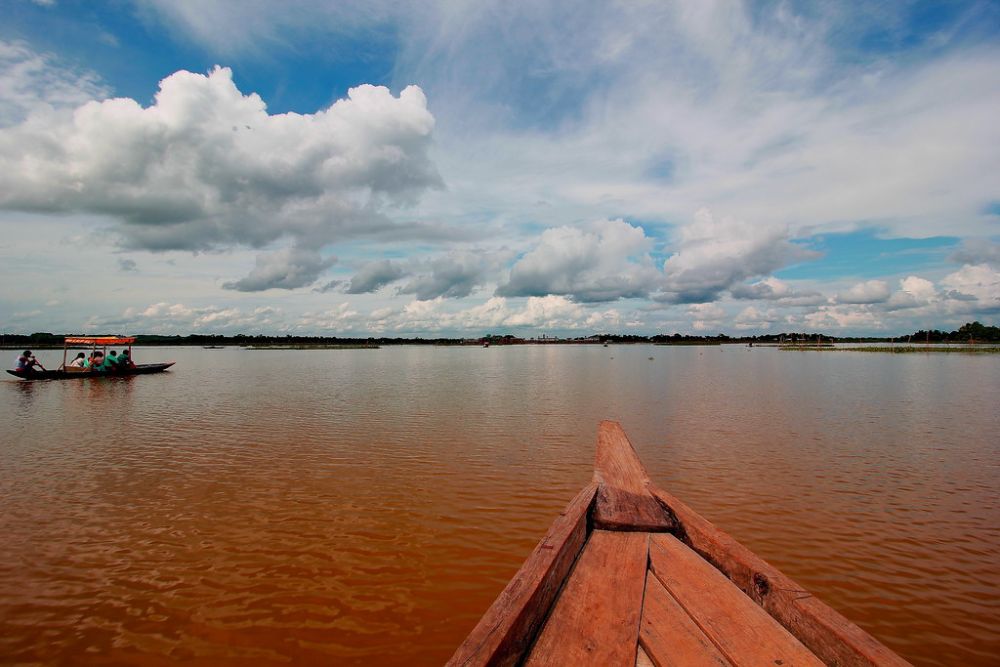

Located about 55 km away from Agartala, the capital city of Tripura, Rudrasagar Lake is a significant body of water that has added to the region's natural and cultural heritage. This picturesque destination is renowned for the iconic Neermahal Palace, situated at the lake's centre, which has been a major attraction drawing tourists for decades.
The construction of the Neermahal Palace commenced in 1930 and was completed in 1938. The palace was commissioned by Maharaja Bir Bikram Kishore Manikya as a summer resort. Over the years, this historical edifice, coupled with the beauty of Rudrasagar Lake, has contributed to the growth of tourism in Tripura.
For a long time, the tourism around Rudrasagar Lake remained relatively traditional, with locals and a modest number of national tourists visiting the site to enjoy the scenic beauty and explore the Neermahal Palace. However, the government and local stakeholders have started to adopt various strategies to boost tourism and preserve this natural wonder.
Recognizing the potential of Rudrasagar Lake in the tourism landscape of Tripura, several initiatives were undertaken by the government to enhance its appeal. Steps were taken to improve infrastructure, such as building better roads, providing boating facilities, and organizing the Neermahal Water Festival to attract more tourists. These efforts have helped in slowly transforming Rudrasagar Lake into an increasingly popular destination for both domestic and international visitors.
In recent years, there has been a growing trend towards ecotourism around Rudrasagar Lake. As part of this, there is a heightened emphasis on sustainable tourism practices that minimize environmental impact and foster a deeper appreciation for local culture. The lake was declared as a Ramsar site in 2003, which has promoted conservation efforts and increased environmental awareness among tourists.
Annual events such as the boat races and the aforementioned Neermahal Water Festival have played a significant role in showcasing the region’s culture, thereby contributing to the local tourism industry. These events are not only entertaining but also provide a glimpse into the lifestyle and traditions of the local populace.
Lately, there has been a rise in the offering of homestays and community-based tourism experiences allowing visitors to connect more personally with the life and culture of Tripura. Additionally, with the advent of social media, picturesque destinations like Rudrasagar Lake have gained further prominence, attracting photographers and travel influencers, which has further boosted its status as a tourist destination.
As tourism infrastructure continues to develop, and with ongoing efforts in heritage and environmental conservation, Rudrasagar Lake is poised to become a model for responsible tourism in Northeast India. The enchanting beauty of the lake and the historical allure of the Neermahal Palace promise a sustained interest from travelers around the world, contributing to the socio-economic growth of the region.